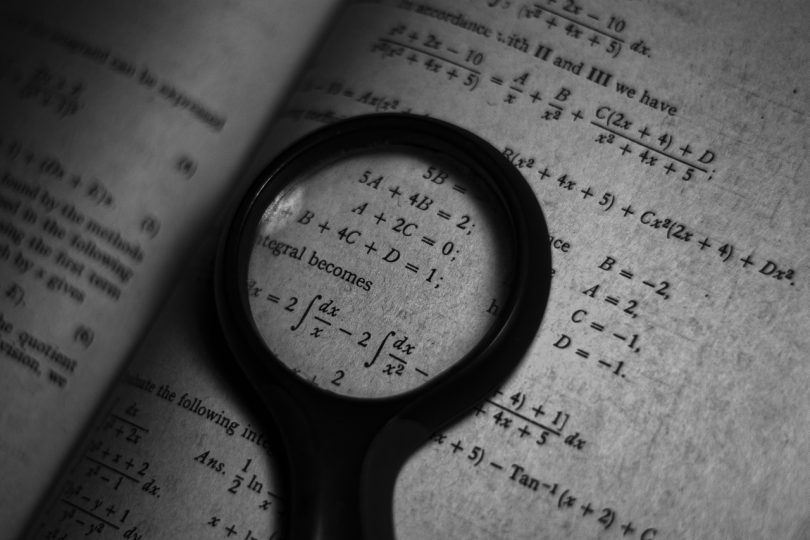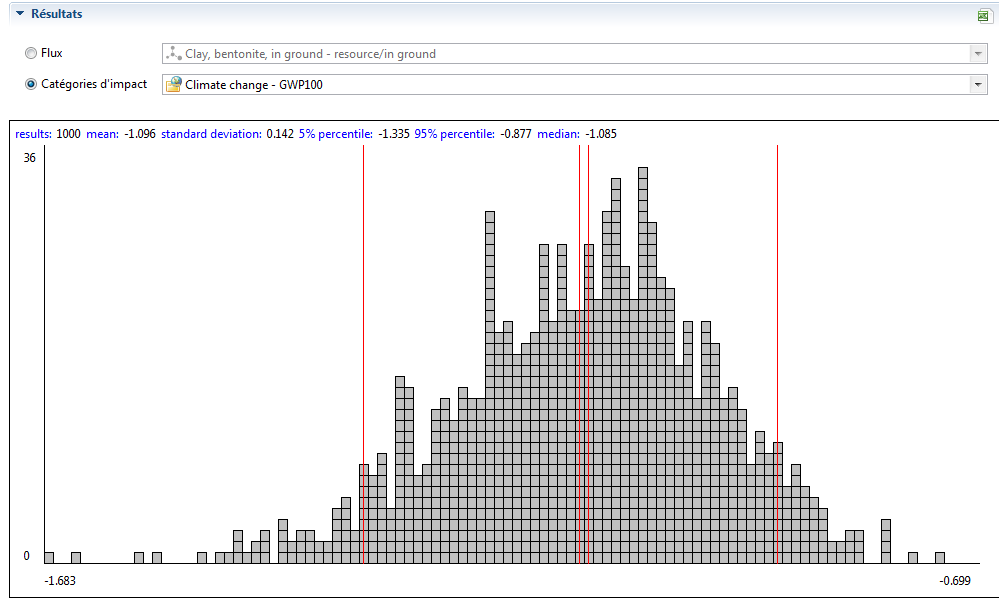You must have come across a variety of shapes around you. They can be open, closed, regular, irregular, and so forth. The number of sides of these shapes can be equal or unequal. Polygons are a common name for them. Polygons are two-dimensional (2D) structures that are totally closed, flat, and have straight sides (all the sides are joined up). It is necessary to have straight sides. You can have any number of sides in a polygon.
In a two-dimensional plane, a polygon is a closed object made up of line segments and not curves. Polygon is made up of two words: poly which means numerous or many and gon which means sides. A minimum of three line segments must be joined end to end to produce a closed figure. As a result, a triangle is a three-sided polygon. A polygon having n sides is referred to as an n-gon.
Below is a list of polygons along with a number of sides
| Sl.No | Name of the Polygon | No of sides |
| 1 | Pentagon | 5 |
| 2 | Hexagon | 6 |
| 3 | Heptagon | 7 |
| 4 | Octagon | 8 |
| 5 | Nanogon | 9 |
| 6 | Decagon | 10 |
Types of Polygons
Table of Contents
We can classify polygons into the following groups based on the sides and angles of a closed plane figure:
- Regular Polygon: A regular polygon has sides of the same length and all of its angles are equal.
- Irregular Polygon: An irregular polygon is one having different lengths and widths of sides and/or angles.
- Convex Polygon: If the interior angle of any enclosed shape is less than 180 degrees it is a Convex Polygon. All regular polygons are Convex.
- Concave Polygon: An enclosed shape that has at least one interior angle greater than 180 degrees is a Concave Polygon.
Area of Polygon
Measurement of space enclosed in a polygon is called its area. A polygon is a closed plane figure enclosed by straight lines. It is a flat shape made up of line segments joined end to end to form a closed figure. As a polygon can be both regular and irregular, we must use multiple methods to calculate its area depending on its shape.
Triangles, squares, rectangles, pentagons, hexagons, and other polygons are utilized in geometry. Each of these polygons is divided into a separate zone. It is easier to find the area for polygons because their dimensions are set and known.
Perimeter of Polygon
Perimeter is the distance all the way around the outside of a polygon. The perimeter of a polygon is measured in meters, kilometers, yards, and other units. A regular polygon’s perimeter is equal to the product of one side length and the number of sides, whereas an irregular polygon’s perimeter is computed by summing the individual side lengths.
Properties of Polygons
The sides and angles of polygons define their properties.
- The total of an n-sided polygon’s internal angles is (n-2)180°.
- The number of diagonals in a polygon with n sides is n(n – 3)/2.
- The number of triangles formed by connecting a polygon’s diagonals from one corner = n – 2.
- An n-sided regular polygon’s inner angles are measured as [(n – 2) 180°]/n.
- An n-sided regular polygon’s outer angles are measured as 360°/n.
Learn Maths from Cuemath
Cuemath is an award-winning live classroom that teaches math and coding to children who desire to do well in school and on competitive exams. After passing a thorough selection and training process, expert instructors deliver 2-3 live courses per week on Cuemath’s unique platform, utilizing resources such as audio, video, and chat. The teacher monitors each step as the students complete worksheets that have been thoughtfully created. Whenever a pupil needs help, the teacher steps in to demonstrate (rather than explain) how to proceed. Children learn math at Cuemath by practicing on their own. Learn math from Cuemath website and help to make a significant difference in your child’s arithmetic skills.







